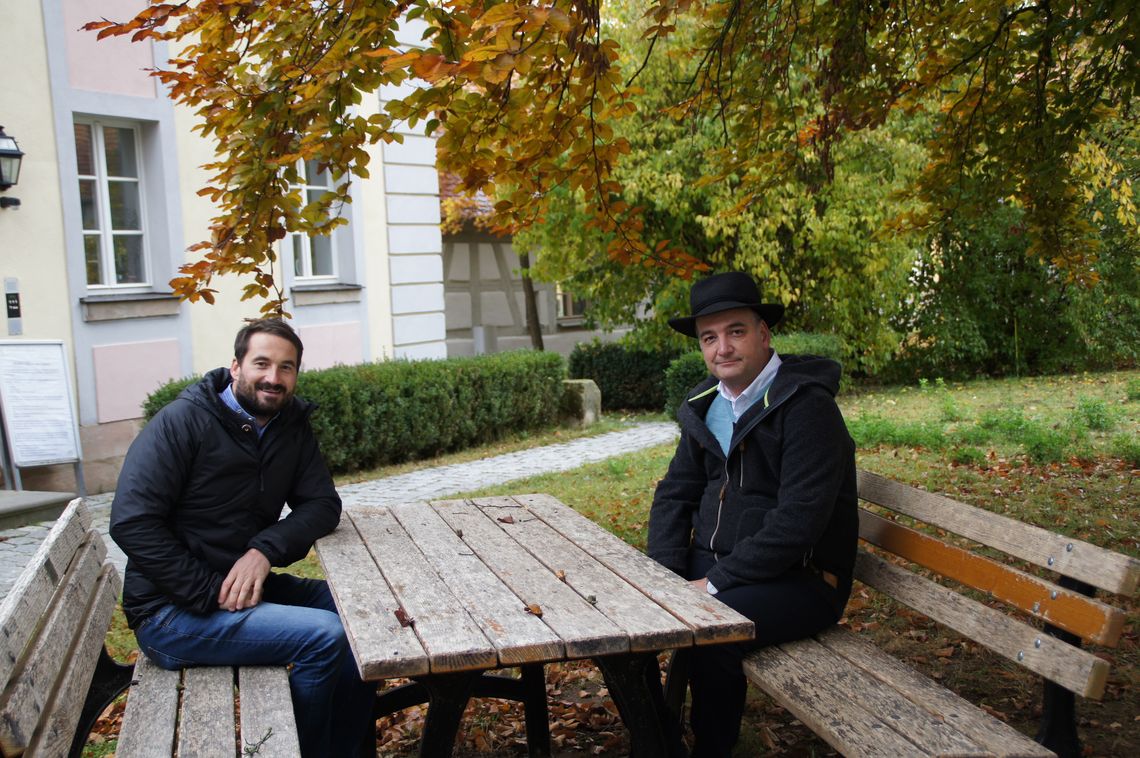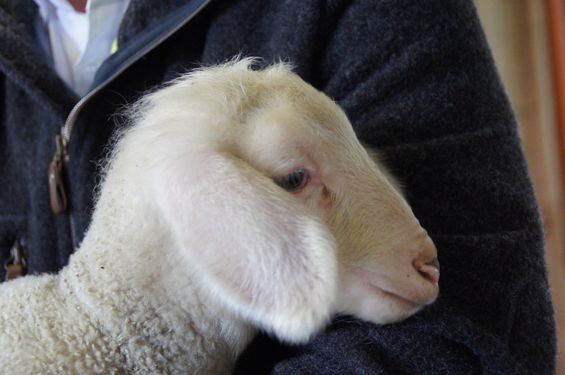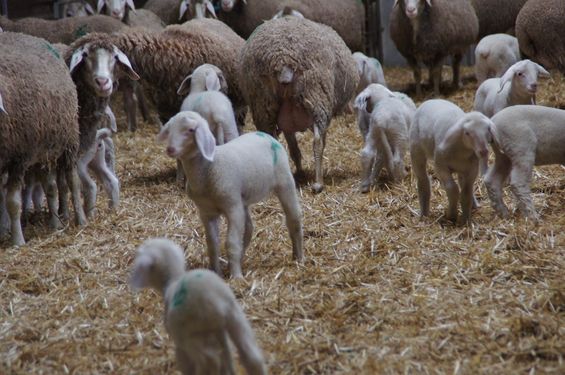Professor Dr. Pflanz from the University of Weihenstephan-Triesdorf
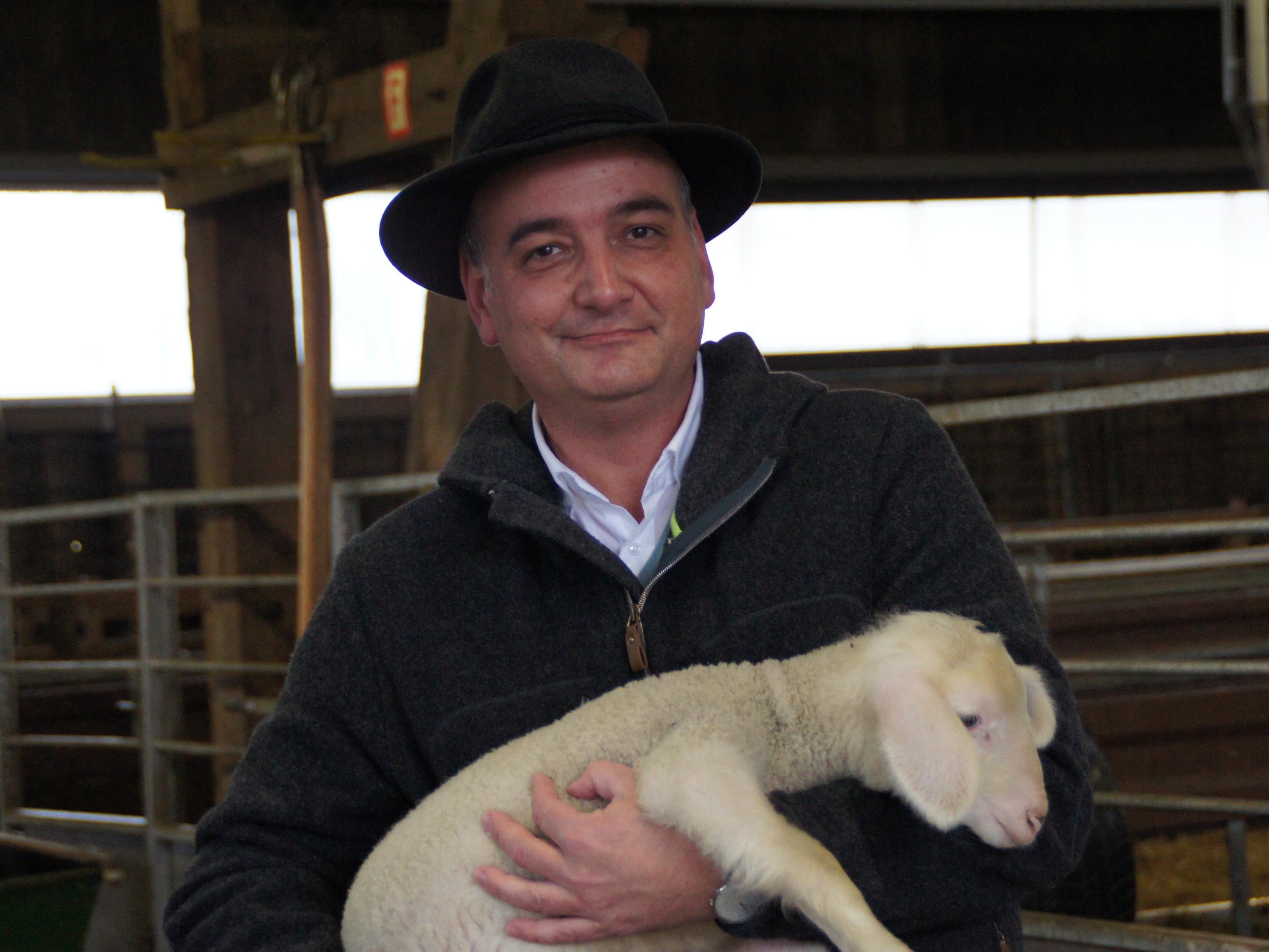
My name is Wilhelm Pflanz, I am the Dean of the Faculty of Agriculture, Food and Nutrition at the Weihenstephan-Triesdorf University of Applied Sciences, where I hold the professorship for Animal Science in Ecological Agriculture. I come from a farming background, studied Agricultural Science in Hohenheim, did a PhD and then worked for a number of years in agricultural administration and in research.
Professor Pflanz, what can you tell us about the history of sheep farming in Europe?
The origins of the domestication of sheep and of keeping sheep as part of the household go back around 8,000 to 10,000 years to the Fertile Crescent of Mesopotamia and the neighbouring mountainous regions of Western Asia.
Farmers started keeping sheep here in southern Germany around 300 years ago, after sheep farming by the ruling classes ended in the mid-18th century. The focus at that time was on nomadic sheep farming and the concept of transhumance was starting to develop, whereby shepherds accompanied their herds across huge distances, up onto the mountain ranges in the summer and in winter in the lowlands.
The 17th and 18th century saw the rise of large-scale Merino breeding in Spain. These were the glorious days of the Golden Fleece. Exports of sheep were punishable by death. Once the export ban had been lifted, Karl Eugen, Duke of Württemberg, succeeded in purchasing 104 sheep in Spain in 1786 for a considerable sum and brought them over to Württemberg.
As already mentioned, the king originally had a monopoly on the keeping of sheep, but it didn't take long before the activity was passed on to farmers. The main purpose of keeping sheep was for the wool. A large-scale, decentralised industrial sector developed in Germany, with wool scouring plants and fulling mills. However, at the end of the 19th century, the European wool sector unfortunately experienced a downturn due to the increase in the use of cotton and cheaper imports from abroad. Of course, the invention of the synthetic fibre at the beginning of the 20th century also reinforced this trend. The number of sheep being kept in Germany and Europe reduced significantly. Today there are no longer any wool scouring plants in Germany. But efforts are being made by politicians to set up the relevant infrastructure once again.
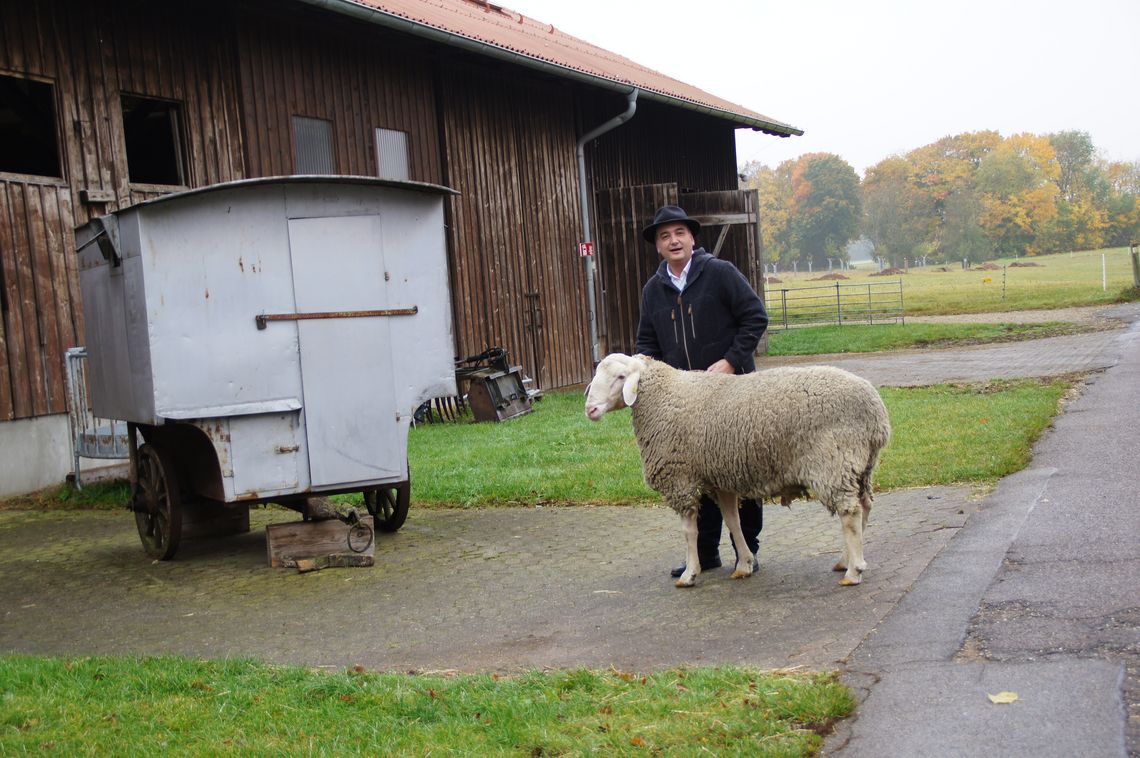
Which breeds of sheep have survived through to the present day?
There are of course many different breeds of sheep, but the breed most commonly found in the herds of southern Germany is certainly the "Merino Landschaf". I would estimate that 60 to 70 percent of all our sheep are "Merino Landschafe". We have around 215,000 sheep in Baden-Württemberg, and 250,000 in Bavaria – that's around half a million sheep across southern Germany. In the heyday of sheep farming at the beginning/middle of the 19th century, there were 900,000 sheep in Baden-Württemberg alone. That means we have around 20% of the numbers that we had at that time.
The "Merino Landschaf" is not to be confused with Merino wool, whose fine quality can be achieved in particular in Australia and New Zealand. There are climatic reasons for this and it is down to the colder and damper weather that we have here. After all the original function of the fleece is to protect the animal. European wool is thus coarser – Merino wool in Australia has a diameter of approx. 19 microns, whereas the wool from a Merino land sheep here in Germany has a diameter of around 26-28 microns.
How do shepherds earn their living?
Shepherds live from the sale of the meat, and from their tasks in regard to conserving the countryside. Depending on the breed, but nowadays only in a few cases, they may also earn money from the sale of the milk. Unfortunately, there is currently very little profit to be made from the wool itself; most shepherds are pleased if they are able to cover the cost of shearing and come out without any losses.
The current trend is for a further decline in the number of shepherds; sheep farms are getting larger and there is less and less traditional nomadic sheep farming. For one thing, nomadic sheep farming is difficult to reconcile with family life and, added to this, it is also becoming increasingly difficult to find areas of pasture for the sheep to graze. To survive as a full-time shepherd, you nowadays need to have at least 500 sheep.
In the 1950s, you could get the equivalent of € 3 for a kg of wool and it used to be the main source of income. Now, the shepherd gets an average of 90 cents per kg. A sheep produces around 3-4 kg of wool per year, so the shepherd may not even be able to cover the cost of shearing, or only just.
How is the future looking for German and European wool?
The trend in regard to wool is now starting to go in a new direction. This is happening slowly. Fortunately there is increasing recognition that it is a real waste if this valuable raw material is just thrown away, or simply used as fertiliser. I believe that the good or rather fine wool should go into the textiles industry, the medium-quality wool should be used for insulation material, felts, etc. and the poor quality wool can be made into fertiliser pellets or put to other uses.
We are trying to make shepherds aware that it is worth sorting their wool properly during shearing and packaging it according to degree of fineness, as this will make it easier to sell. We are also looking at breeding – here it is worth ensuring that consideration is given not only to the qualities of the sheep’s meat, but also to the properties of its wool. The finer the wool, the more sought-after it is and the higher the added value. We have also set up a research project that is focusing on precisely this topic. Genetic factors bear at least one third of the responsibility for the fineness of a sheep's wool. With good breeding, it is possible to increase this by almost 0.5-1 micron in fineness in a year. But of course, we don't want to reduce the protective character of the wool for the animal, so it is important to adopt a gradual approach in this respect, always paying regard to animal welfare.
Of course, it is important above all that the end customer once again starts to see the natural product "wool" as a good alternative to synthetic fibres. After all, sheep farming has a very good reputation, especially when compared to other forms of livestock farming. I believe shepherds also need to see it as their task to talk about the fact that they produce this valuable fibre. Wool doesn't require large halls of machinery for its manufacture because it is a naturally renewable raw material and it also performs many further broader-level services such as protecting nature and taking care of the countryside. This means we have produced a great, multi-function product using a sustainable process, giving us the best possible quality in terms of both product and process.
Our collective goal as a society has to be to give our regional wool more value again, and I am sure that we will succeed in this!
